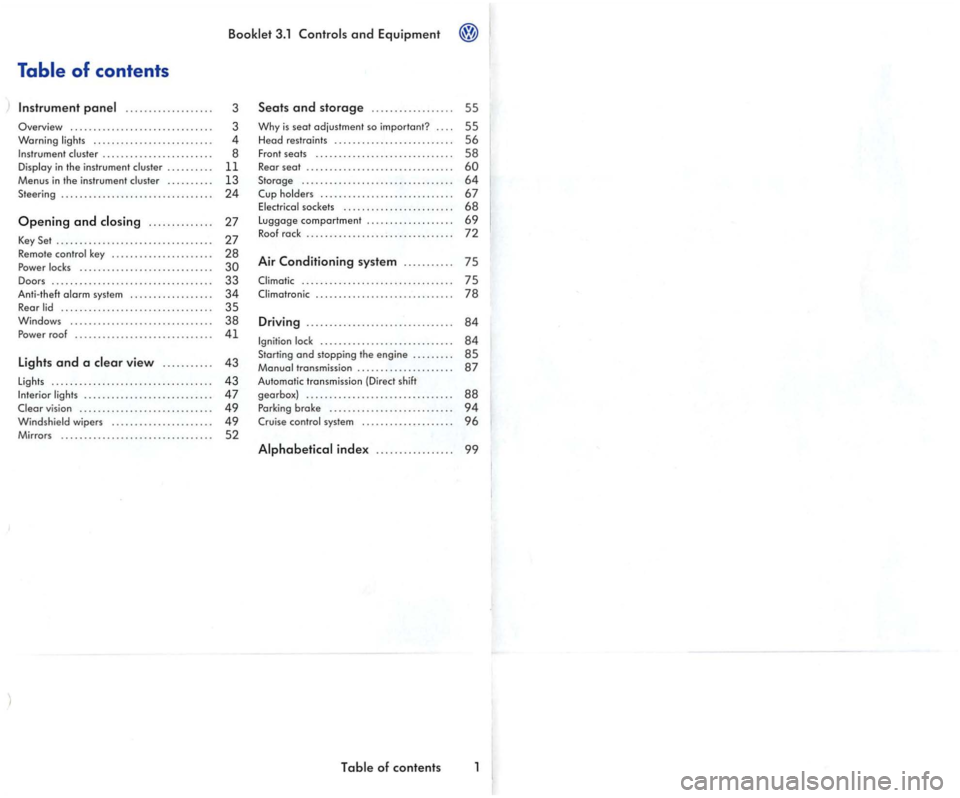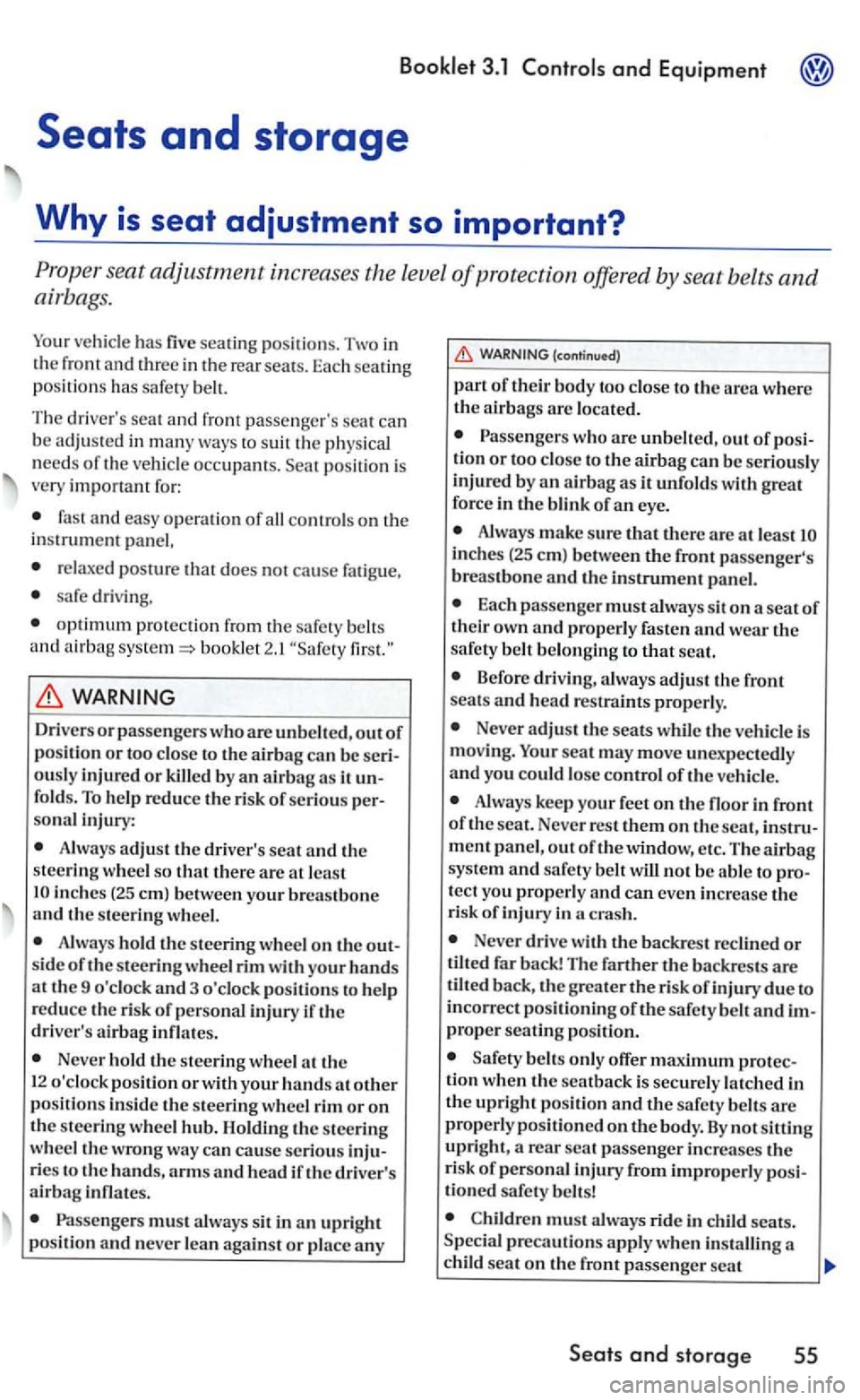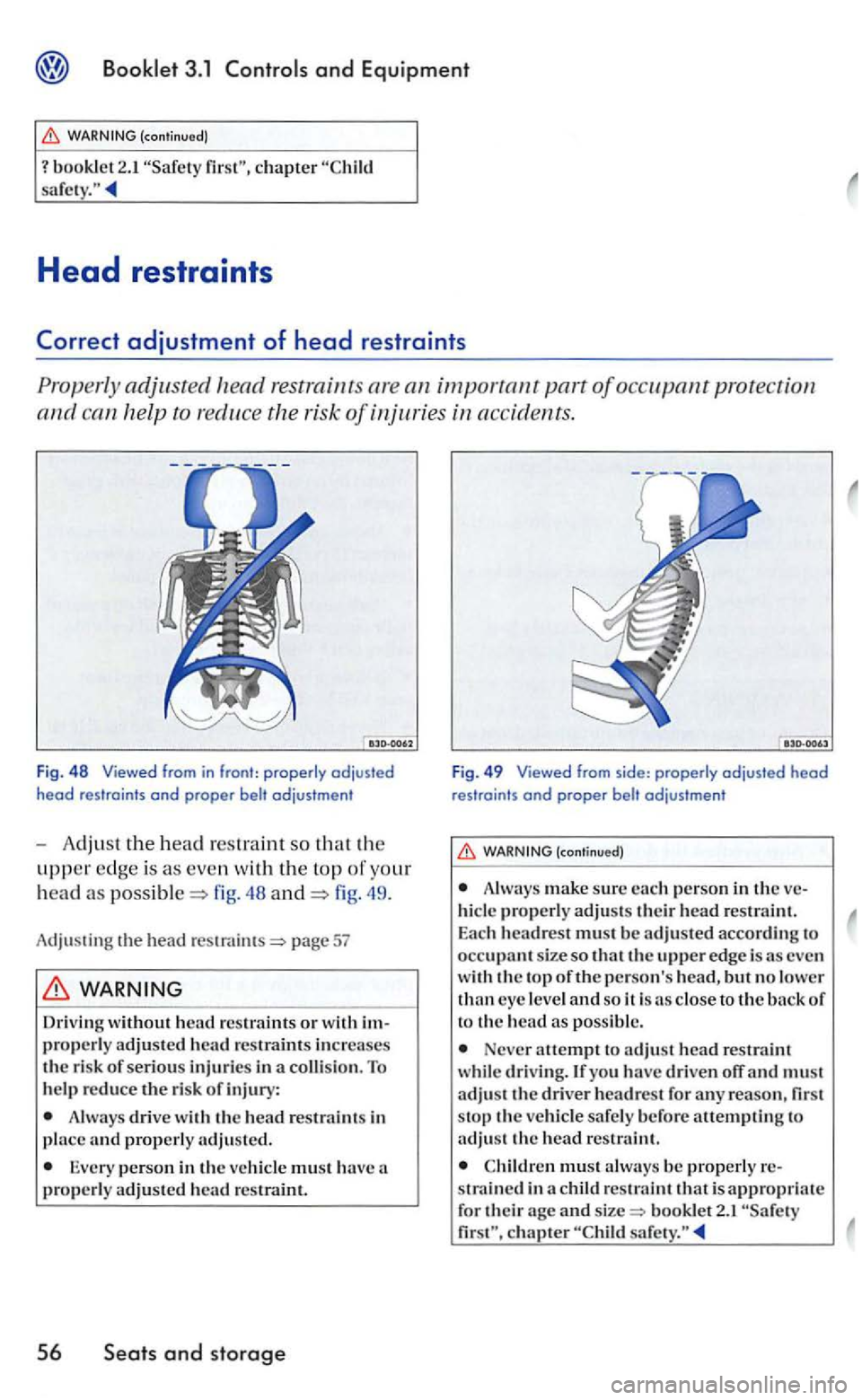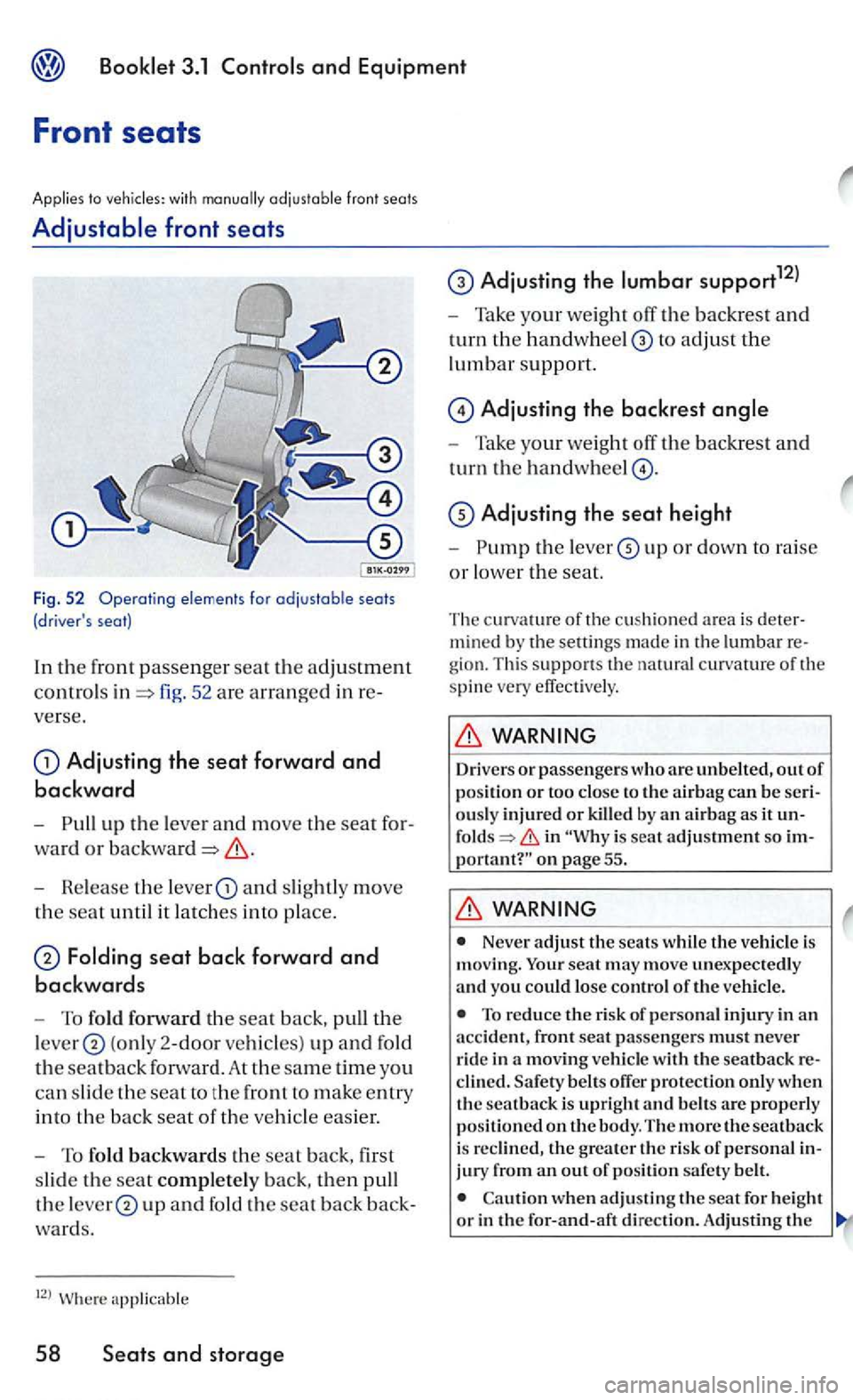Page 163 of 444
32
A ir
bag deployment zone 38
How the
components work together 37
Adva n
ced Airbag components 35
Adva nced front airba g sys tem 33
Airbag deployment zone 38
Airbag system 28
Care 44
Components (front air bags) 35
Components (side airbags) 46
Components (sid e curtai n protectionTM
a irbagl Curtain a irb ags
light Repa irs 44
Hotline 12
Automatic belt retractor 1 9
8
Before driving 3
Be lt
pretensioner
Disposal 27
27
Booster seats 62
first
c
Cargo area
Infant seats 59
Lower
anchorages 71
Mounting and releasing lower anchorage connectors 72
the front passenger seat
inst ruct ions 56
Tether an chors 68 Tether strap 69
Convertibl e child seats
Curtain airb ags
position
Driving safety 3
Driving with ch
ildren 53
E
Examples of improper seating posit ions 8
Extender for
the safety belts 23
F
Fastening
Booste r seats 62
Co nvertible chil d
seats Infa nt seats 59
Page 164 of 444
belt extender 24
Safet y belt s 19
Floormats 9
Front airbag system 32
Airbag deplo ym ent zo ne 38
T he basics 32
Front airbags
Descript i
on 32
Fronta l co llisi
ons a n d the laws of phys ics 15
H
Head restraints
Correct adjustment 7
Heavy clothing
and safety belt s 17
How m
any airbags does my vehi cle have'? 35,
46,51
Importance of sitting properly 28
Importance of wearing safet y belt s 28
Important things to do befor e driv ing 3
Improper seating posit ions
Improperly worn safety belts 26
I
ndicator light
Airbag system
Indicator ligh ts
Airbag system 41
AIR BAG
u sing the LATCH sys tem 72
I
nstalling the upper tet her strap on the anchorage
L
Leat her seats
marks
Lower anchorages 71
Luggage compartment
M
Monitoring the Advanced Air bag Syste m
Occupant seating positions 4
p
light 41 Start blinking 42
principles of a frontal collision 15
marks
adjustment of head restraints 7
occupant seating pos itions 4
safety belt position 21
driving 2
Page 171 of 444

Table of contents
.................. .
Overview .......................... o
Warning ..
.............. ......... . in the instrument ..... o
Menus in the in strum ent
Opening and .... o o
Key Set ........................ o o
Remote
Power ........................ o
Doors ... ...................... o Anti-theft sys tem ............. Rear .......................
Windows ............... .. . Power roof ........
Lights and a view .......... .
Ligh ts ........................... .......
vision .............. o
Mirrors ............................
3ol and Equipm ent
3
3
4
8
11
13 24
27
27
28
30
33
34
35 38 41
43
43
47
49
49 52
Seats and storage ............. .... .
Why is seat adjustment so important? ... .
He
ad re straints .......... ............... .
Fro
nt seats ............................. . Rear seat .................. ............. .
Storage ................................ .
Cup .................. o soc kets ........ o o
Luggage comportment .................. .
Roof rock .....................
Air Conditioning system .......... .
........................ o
Driving ........... o .................
........................... .. Starting and stopping the en gin e ........ . transmission .................... .
Auto matic transmission
(Direct shift
gearbox} ............................... .
Parking
broke ................ ... .
Crui se system ................... .
55
55
56
58
60 64
67 68
6 9
72
75
75
78
84
84
85 87
88 94
96
of contents
Page 225 of 444

Booklet 3.1
passe nger's seat can
b e adju ste d in many ways to suit the physical
need s of the vehicl e occ upants. position is
very important for:
fast and easy operat ion of all control s on the instrument panel,
safe driving ,
optimum prote ction from the s afet y belts
and airb ag booklet 2.1
Driv ers or passengers who are unbelted, out of position or too close to the airb ag can be seri
ously injured or killed by an airbag as it unfolds. To help reduce the risk of serious personal injury:
Always adjust th e driver's seat and the steeri ng whe el so that there are a t lea st in ches (25 em) betwe en you r brea stbone and the ste erin g w heel.
Always hold the steering wheel on the out
s ide of th e s teering wheel rim with your hands at the 9 o'clock and 3 o'clock position s to he lp
reduce the risk of personal inju ry if the driver 's airbag inflates.
Never hold the steering wheel
Passengers must always sit in an upright position and never lean agains t or pl ace an y
(co ntinued)
part of their body too close to the area where the airbags are loca ted.
Alway s make sure there are at least inch es (25 em) between instrument panel.
Eac h passenger must always sit on a sea t of their own and prope rly fasten and wear the safety belt belon ging to that scat.
Before driving, always adjust the front
seats and head r estraints properly.
Never adju st th e sea ts while the vehicle is
moving. sea t may move unexpec tedly and yo u could lose control of the vehicle.
Always keep your feet on the floor in front of the sc at. Never rest on tl1e in strument panel, out of the window, etc. The airbag
s ystem and safety belt will not be able to pro
te ct you properly and can even increase the
ri sk of injury in
Never drive with backres t reclined or tilted far backJ The the backres ts are t ilted back, greater risk of injury due to
incorrect positioning ofthe safety belt and im
proper seating position.
b elts only offer maximu m prot ec
tion when the se atback is securely lat ch ed in
Children must alway s ride in child seats.
Seats and storage 55
Page 226 of 444

Booklet 3.1 and Equipment
(continued)
? booklet 2.1 chapter
Head restraints
Correct adjustment of head restraints
Properly adjusted restrain Is are an importanr parr of occupant p rotec tion
and can help to reduce the risk of injllries in accidents .
Fig. 4 8 Viewed from in front : adjusted head restrai nts and proper adjustment
-Adjust the head restraint so that the
upper e dge is as even wit h the top of your
head as fig . 48 and fig. 49.
Adju sting th e head page 57
WARNING
Drivin g without head restraints o r w ith properly ad ju sted h ead restraints in creases th e risk of serious injuries in a coll is io n . To h elp reduce the risk of injury:
Alway s drive with th e head re straints in and properly adjus ted.
E very person in th e ve hicl e must h ave a properly adjuste d head restraint.
56 Seats and storage
Fig. 49 Viewed from side: adjusted head restraints and proper
(continued )
Always make sure each person in the hide properly adju sts thei r head restraint.
Eac h headrest must adjusted according to occupant size so th at the upper edge is as eve n
w ith the top of the perso n's head, but n o lo w er
th an eye le ve l and so it is close to th e
Never attempt to adju st head restra in t
while drivin g. yo u h ave driven off and must adju st th e driver headrest for any reason, sto p th e ve hicl e safe ly be fo re attempting to
adj ust th e head r estra int.
must alwa ys be properly s train ed in a child restrai nt that is app ro p ria te
for their age and bookle t 2. 1
Page 227 of 444
and Equipment
adjust the head by moving them
u r, w ith bullun
pressed fig. 51 down.
page 56.
- M ake sure tha t it engages securely in
position.
Removing the head restraint s
-
th e fig . fig. 51
down and remove th e head restraint at
the sam e time.
th e head restraint in to guides on
the rear backrest .
F ig. 51 Adjusting and removing the rear head re
straints
-
page 56.
T he ce nter r
ear h ead res train t deve lo p ed
o nly for the center p osition on th e rear seat. Do
not install the head restraint in oth er p ositio ns.
Driving without h ead restrain ts or
th e ce nter head restra int do cs not fit your seated h eig h t w he n full y exte nded, move
t o another s ea tin g posi tion to reduce the risk of inj ury in a collis ion.
Tips
The ce n te r h ead
res traint on the rear scat ca nn ot
b e a dju ste d fo r height.
Seats and storage 57
Page 228 of 444

adjustable front seats
fig. 52 are arranged in
Adjusting the seat forward and
backward
-up the lever and move the seat
ward or
- Release the lever and slig htl y move
the seat until it la tches into place .
seat bock forward and
backwards
-To fold forward th e seat back, pull tl1e
(only 2-door vehicles) up and fold
th e
seatback At th e same time you
can slid e th e seat to th e front to make entry
into t he bac k seat of the vehicl e easier.
- To fold backwards the seat back, first
s lide the seat completely back, then pull
th e up and fold th e seat back
W here appl icabl e
58 and storage
Adjusting the support12l
-Take your weight off the backrest and
turn the to adjust the
lumbar support.
Adju sting the backrest
- Take your weight off the backrest and
turn the
up or down to raise
or lower the seat.
T he curvature of the cu shioned area is mined by the senings made in th e lumbar gio n. This s up pons the natural curvature of the spine ve ry effect ively.
WARNING
Drivers or passen gers who are unbelted, out of positio n or too close to the airbag can be
in is seat adjustment so on page 55 .
WARNING
Never adjust the seats whil e th e ve hicle is
moving. seat may mov e unexpected ly
a nd you could lose control of the vehicle.
To reduce the risk of personal injury in an accide nt, front seat passengers must n eve r
ride in a moving ve hicl e with the seatback
jury from an out of position safety belt.
when adjusting the seat for height or in the far-and-aft di rec tio n. Adjusting th e
Page 229 of 444
Tips
Depen ding on the particu lar model, th ere may be diff ere n ces in the controls. For exa mpl e, on some seats and powe r control s may be combined.
Th e rots fo r the passeng er's seat m ay
differ fro m those of the dri ver's seat.
The seat cushions and backrests of the front seats can b e heated electrically.
Fig . 53 Detail of instrument panel: thumb wheels for front seat heating
-Turn the lert o r right wheel=> fig. 53
The seat heatin g is switched off in th e
hea tin g only works when the ig nition is
sw itched o n. The left thumb w hee l co ntrols th e
l eft sea t and th e righ t thumb wheel co ntrol s th e
right seat.
For the sake of environment
T he heati n g for the sears sh o uld remain on only
a s lon g as it is nee ded. Oth erw ise fuel is used
Seats and storage 59